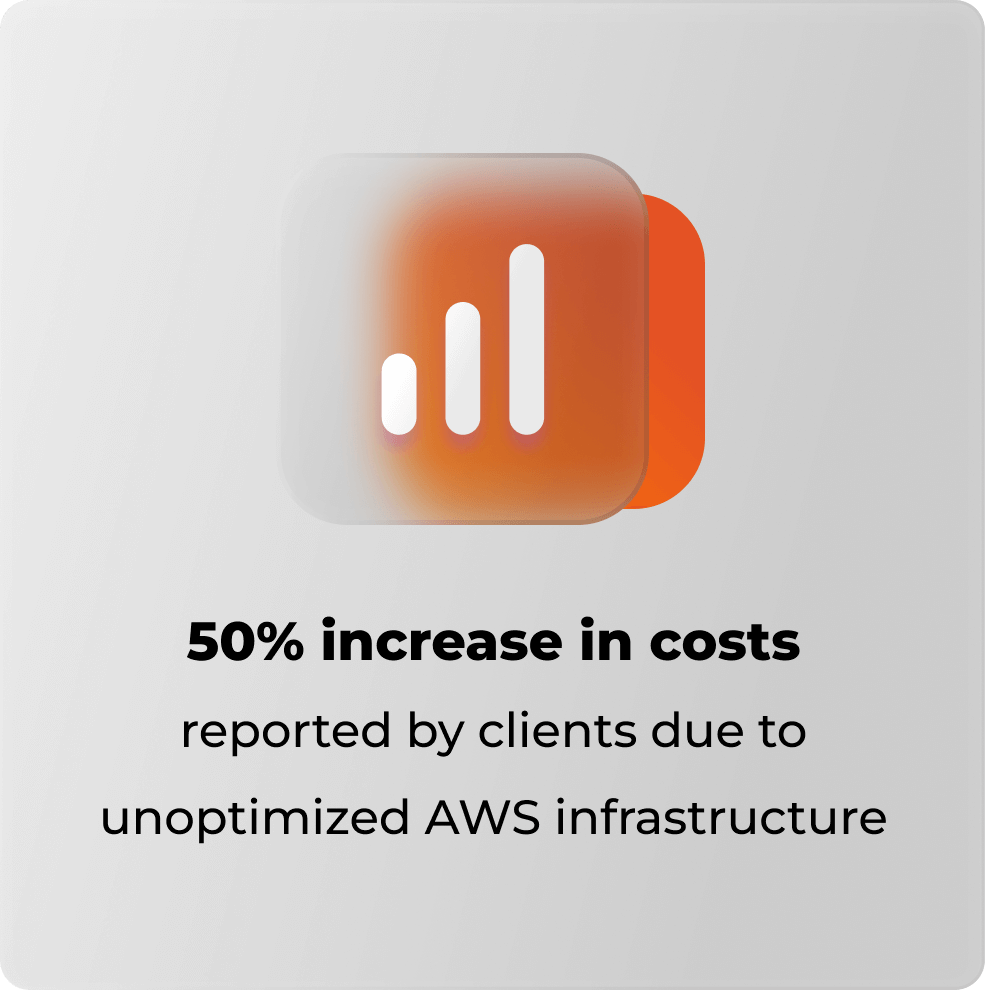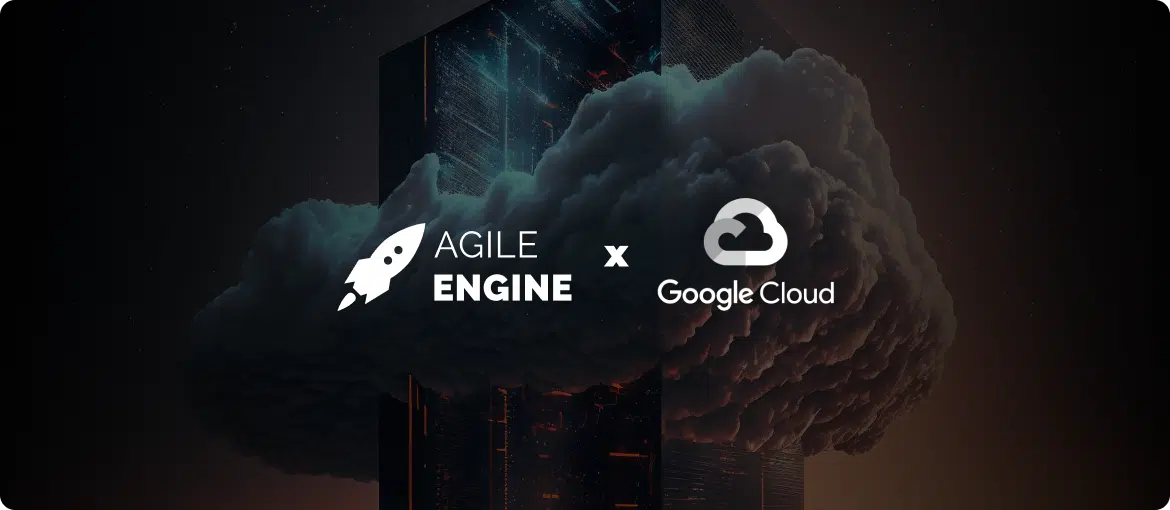The industry in 2023 and cautious optimism for 2024
Despite this year’s turbulent economy, the tech sector shows significant potential for growth. One of the industry’s thought leaders illustrating this potential is Gartner. The research firm has recently revised its 2023 IT spending forecast from a modest 2.4% to a more optimistic 4.3%. The updated forecast also predicts an 8.8% increase in 2024.
Gartner’s cautious optimism for IT spending has an important takeaway: the pressure for companies to modernize their technology remains strong. An even stronger pressure, however, is for CIOs and CTOs to stay budget-conscious amid the uncertain market.
AgileEngine has helped many clients boost the cost efficiency of their software modernization efforts in the past year. This article presents three budget-focused cases that we believe will be relevant to modernization strategies in 2023 and beyond based on our experience.
Case 1: modernizing legacy UIs
Client-facing software has historically been central to strategies aiming to maximize cost-effectiveness and ROI. According to a statistic often quoted by UX designers, 40% of users will bounce if a web UI takes longer than 4 seconds to load. Conversely, a well-designed UI can contribute to an increase in conversions of up to 200%, as a recent Forrester study shows.


Our experience: making Fortune 500 e-stores 76% smoother
The correlation between UI responsiveness and conversions makes interface performance critical for e-commerce. A performance-oriented rearchitecture has been a focus for the engagement between AgileEngine and a Fortune 500 company operating 20+ luxury goods brands globally.
The challenge: 5 seconds before the first meaningful render
The legacy architecture underlying the company’s e-stores didn’t support high load speeds at scale. On average, e-shoppers would have to wait 5+ seconds before any content appeared on the screen.
Our solution: skeleton screens
To address this issue, AgileEngine implemented skeleton screens, a design pattern that creates a wireframe-like animation mimicking the page layout during loading. According to Nielsen, skeleton screens reduce bounce rates by preventing users from thinking the app isn’t responding. UI elements of this type are relatively easy to implement, which makes them exceptionally budget-friendly.
AgileEngine’s implementation of skeleton screens for the client’s e-stores brought the first meaningful render time down to 1.2 seconds, a 76% improvement over the legacy solution. This enhancement propagated to more than 200 of our client’s digital properties when incorporated into the greater rearchitecture of the company’s UI system.
Case 2: keeping cloud costs in check
Cost savings rank among the top reasons for cloud migration — and among the top selling points brought up by cloud providers when advertising their services. AWS, for instance, can boast of saving brands like Koch and Parsons 35% and 48%, respectively.
There is a catch, though — unoptimized cloud infrastructures and poorly controlled data transfer can cause expenses to pile up unexpectedly. Top AWS users (including brands like Apple) have seen their expenses rise 50% YoY.


Our experience: cutting AWS bills by up to 80%
The optimization of AWS infrastructure and use has been a part of several of our projects focused on DevOps, microservices, and cloud migration. Among these projects are custom solutions developed for companies in industries like DeFi/blockchain, staffing, and subscription management.
The challenge: cost creep associated with classic on-demand deployments
Classic on-demand deployments, a characteristic of legacy cloud system implementations, can result in the inefficient use of resources like processing power and storage. Inefficiencies of this kind lead to significantly higher bills from cloud providers, especially compared to modern elastic models. As products grow and releases ramp up, expenses will grow even more.
Our solution: hosted infrastructure
In an engagement involving the development of a Web 3.0 platform, our experts took ownership of the AWS account configuration and infrastructure architecture. Cost management has been central to this work. Our experts designed and built a hosted infrastructure with cost-effective auto-healing Kubernetes clusters, achieving 80% staging environment cost reduction compared to AWS on-demand instances price.
Case 3: getting data solutions from legacy to AI-ready
With artificial intelligence being the hallmark of 2023, the industry is rushing to embrace the technology. From integrating ChatGPT-like tools to refining AI capabilities for analytics, risk management, automation, and user experience — companies across all industries are undergoing an AI transformation. In this journey, legacy data systems can often become a hurdle.

Our experience: bringing data modernization costs down with remote tech talent
A mere 21% of Cisco AI Readiness Index survey respondents are confident their data infrastructure supports demanding AI workloads. Modernizing legacy data solutions poses a strategic challenge, often involving costly rearchitecture. Still, companies can drastically bring costs down by engaging nearshore dedicated teams.
The challenge: data consumption taking 24 hours
One of the clients engaging AgileEngine is a data-centric company recommending and providing energy efficiency upgrades to enterprises. The company captures vast amounts of IoT data produced by electrical meters and other devices. The data consumption solution handling this process ran on a monolithic system as a batch job. At some point, as the product scaled, the job started to take 24 hours.
Our solution: decoupling the monolith
Our solution targeting the slow data consumption process was part of a larger effort to decouple the company’s monolithic system, organized as a single Git repository. Our experts enabled the company to gradually move to 12 repos, boosting the system’s scalability, reliability, and performance.
With the re-architecture in progress, our team took the most time-consuming responsibilities out of the monolith and into a new architecture of highly concurrent AWS Lambdas, drastically reducing the duration of the data consumption job down to 2 hours. By leveraging talent in nearshore locations, AgileEngine has reduced the client’s engineering costs by 50% compared to in-house rates.
Budget-friendly modernization: key takeaways
In our decade of experience in efficiency-focused engineering for more than 200 products, large-scale modernization is rarely in the budget. For this reason, CTOs, CIOs, and other technology leaders often need to balance costs and projected business impact when prioritizing upgrades.
Modernizations involving the UI/UX, cloud, and data correlate with measurable business outcomes. When planning these updates, it makes sense to always explore which upgrades cost the least, which legacy systems affect your bottom line the most, and where these two categories overlap.








